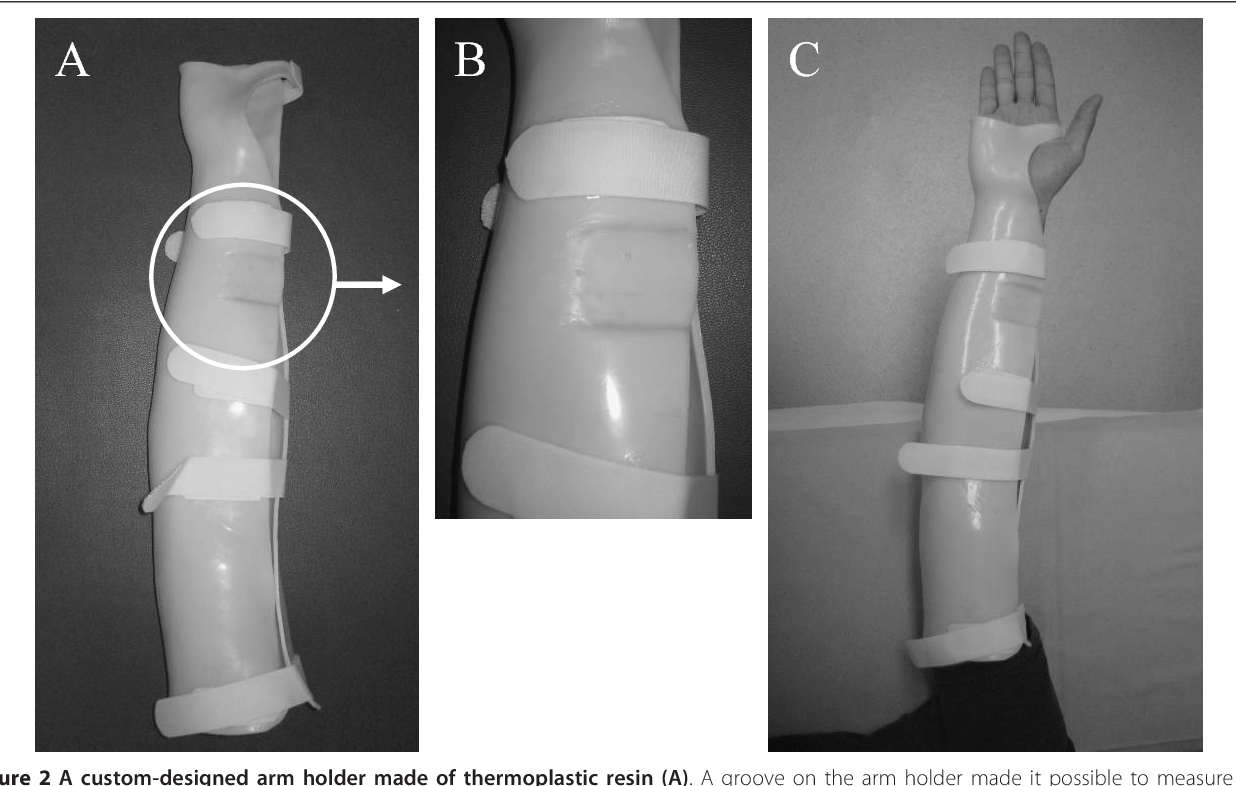
Tearing the Ulnar Collateral Ligament (UCL) is a serious problem in baseball. I work mainly with baseball pitchers and I get this question a lot, How do you know you tore UCL pitching? This problem cost Major League Baseball millions of dollars a year. This is due to the popularity of throwing velocity in the game because it can be so effective when it comes to challenging a hitters timing. Studies link an increase in throwing velocity to arm injuries (Bushnell, Anz, Noonan, Torry, & Hawkins, 2010).
A great assessment tool for predicting why you tore UCL pitching or throwing is the manual elbow valgus laxity test (Yasui, Mihata, Takeda, Watanabe, & Kinoshita, 2012). This test can determine if there is a widening of the gap between the ulnar and the humerus is increasing due to UCL insufficiency from throwing. A more complex assessment tool would be to use ultrasonography to visually measure the gap. A study was put together to prove a manual test with similar results. This study used a custom arm holder and digital inclinometer for performing the elbow valgus laxity test. The custom arm holder is made of plastic and puts the arm in full extension with a gap to place the digital inclinometer.
Test For Those Who Tore UCL Pitching
To perform the manual elbow valgus laxity test you will place the subject's arm in 90 degrees of flexion and 0 degrees of internal rotation. You will then measure how far the arm can layback or externally rotate from the first position. This is a passive measurement so the tester must apply pressure to help push the arm to maximum external rotation. After taking this measurement then place the custom arm holder on the subject in full arm extension and 0 degrees of internal rotation. Take a measurement of the angle of the shoulder in this position then rotates the arm to maximum external rotation. Once the arm is fully rotated back take a measurement of the shoulder angle in this position. Once you have calculated the amount of external rotation from both tests the difference between the two will give you the amount of joint laxity in the gap between the ulnar and the humerus. The study found that this manual test had a strong correlation with the results from the ultrasonography test.
The only limitations to this manual test are the custom arm holder. If you do not have this device there is a good chance the results will not be reliable. A picture of the device is in the pitcher at the top of the article.
Reference for those who tore UCL pitching
Bushnell, B. D., Anz, A. W., Noonan, T. J., Torry, M. R., & Hawkins, R. J. (2010). Association of maximum pitch velocity and elbow injury in professional baseball pitchers. American Journal of Sports Medicine, 38(4), 728-32.
Yasui, K., Mihata, T., Takeda, A., Watanabe, C., & Kinoshita, M. (2012). A new manual method for assessing elbow valgus laxity. Sports Medicine, Arthroscopy, Rehabilitation, Therapy & Technology, 4: 11.

